26th September 2016 Athens, Greece
A tyrant, a poet and three chamois
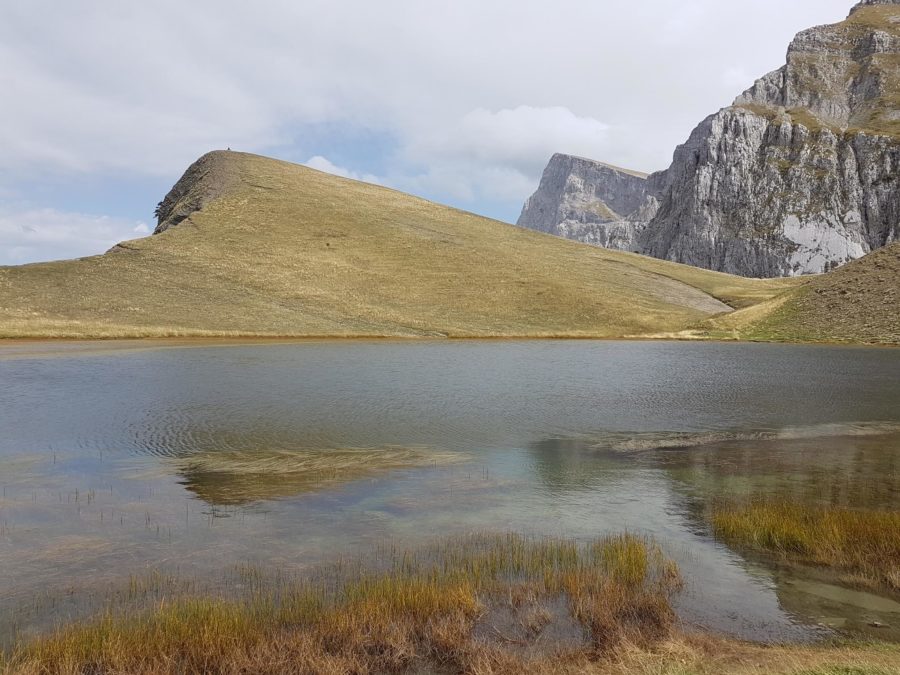
Early last week, I found myself standing next to the tomb of Ali Pasha, in the inner enclosure of the Ottoman fort at Ioannina. As I gazed on the iron feretory, I mused on how strange it was that Byron, who gave his life for the freedom of Greece, should have first sought out the despotic Lion of Ioannina, when he landed on the shores of Greece from Malta in 1809.
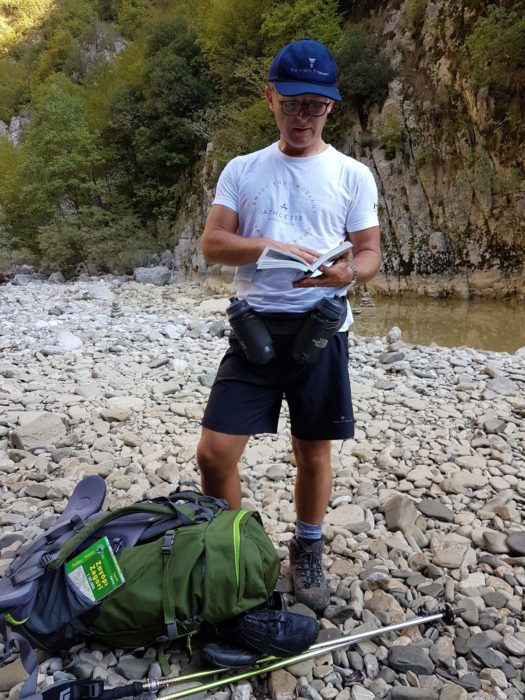
Travelling onwards by horseback, Byron reached Ioannina in late September and lodged with the British consul, William Leake. Ali Pasha was out of the city at the time, but had left an invitation to Byron to join him in his palace at Tepeleni, now just north of the Greek-Albanian border. They met in the middle of October, and Byron, who would subsequently describe Ali as ‘a remorseless tyrant, guilty of the most horrible cruelties’, seems to have been won over by the despot’s flattery and interest in him.
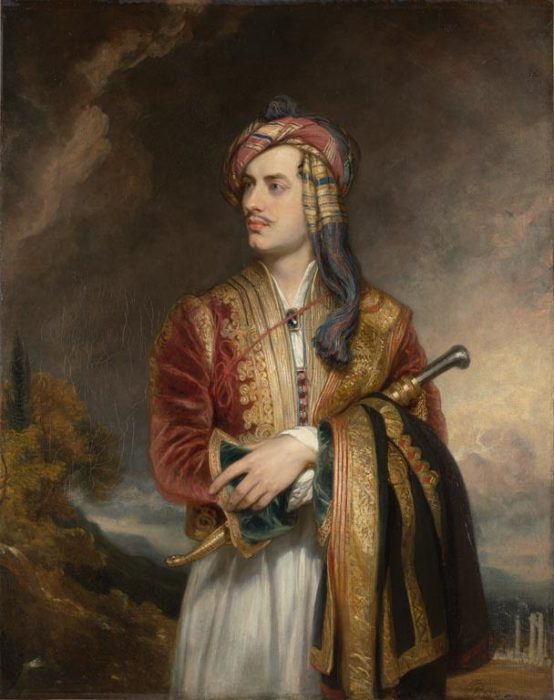
Byron’s time in Epirus, though relatively brief (four weeks or so), was hugely important in the development of his poetic career and the promulgation of his personal legend and fame. In his great, extended poem Childe Harold’s Pilgrimage, which he was sketching at the time, he wrote enthusiastically about Epirus’ ‘many a mount sublime’. And it was at Tepeleni that he bought the exotic and glamorous Epirote costume in which he later would pose for Thomas Phillips’s famous portrait. Byron mentions the costume itself in Canto II (stanza 58) of Childe Harold. The portrait itself now hangs in the main reception room of my Residence in Athens, and it is the first thing I see every day, when I come down from my flat. Lucky me!
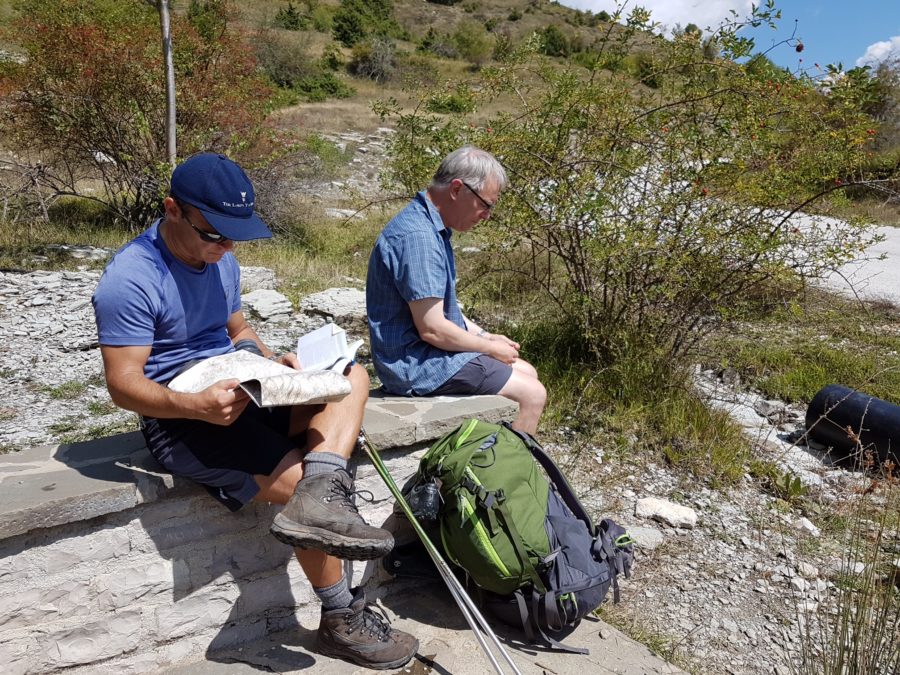
I was in Ioannina at the end of four days of walking in the mountains of the Zagori. I had long wanted to walk the fabulously deep and beautiful Gorge of Vikos and to climb to the famous Dragon’s Lake, which stands high on a plateau of Mount Tymphe.
With two friends from England, we set off on 15 September from Tsepelovo, climbing quickly and steeply out of the village before descending to Vradeto, where we enjoyed the wonderful twists and turns of the great staircase that leads to the bridges above the Mezaria stream. The air was fresh and sweet. Butterflies abounded; red-winged and blue-winged grasshoppers leapt from rock to rock. We found mushrooms of every type and size. From Kapesovo we tried to enter the Gorge of Vikos, but eventually lost faith in the track and turned back.
On day 2, we approached the Gorge from Monodendri and walked for 6½ hours along the canyon. An amazing experience! The deciduous woods were cool and welcoming; the forest floor was carpeted with pink cyclamens and ferns. At their great source, the freezing headwaters of the Voidomatis sparkled and flowed swiftly: a welcome slaking of thirst before the ascent to Papingo.
On the following day, we climbed to the Astraka Refuge on its col on Mount Tymphe and, after leaving our rucksacks there, headed towards the Dragon Lake. As we began the final ascent towards the plateau, three chamois – two females and a male with tremendous horns – entered the valley, bounding elegantly to our right. The male climbed higher than his companions, and on a vantage point above the valley threw his head back and paused to survey the scene, before all three turned and ran off. Although the location was different, it reminded me a little of the description of the he-goat in Sikelianos’ poem ‘Pan’:
Then we saw the herd’s lord and master, the he-goat
Rise alone….
And leaning motionless,
upper lip pulled back so that his teeth shone,
he stood, huge, erect, smelling the white-crested sea…
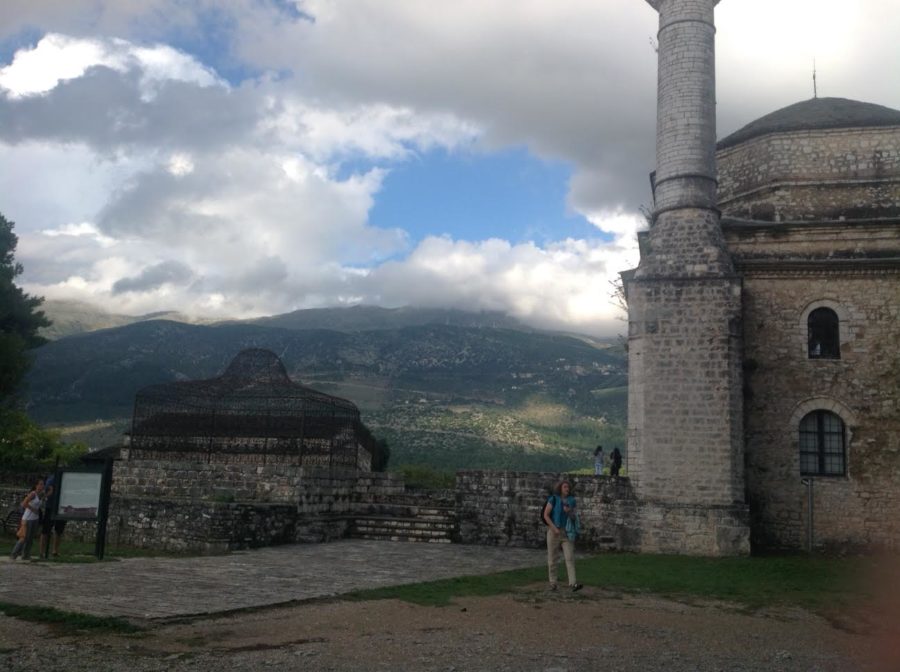
It was an unforgettable moment on an unforgettable walk, which was full of surprises and delights. Regular readers of my blog will, however, be unsurprised to hear that everywhere we stayed, we enjoyed superb hospitality: Epirote alevropita, tsipouro and genial conversation. We left everyone with the traditional greeting ‘Till we meet again’ ringing in our ears. Undoubtedly.
I don’t know if this will reach you, but here goes. I am a former member of the Diplomatic Service and published poet. Your name came to my attention via the TLS article of 16 September and I latched on to your interest in Ritsos, which I share. Indeed, I have invited the poet (and Ritsos translator) David Harsent to speak on Ritsos at the Athenaeum next February. On a separate point, in 2012 I published a short collection of poems entitled ‘A Sequence from the Cyclades’. Your Finnish colleague in Athens Pauli Makela has a copy. Kind regards David Morphet
What an elegant blog post.